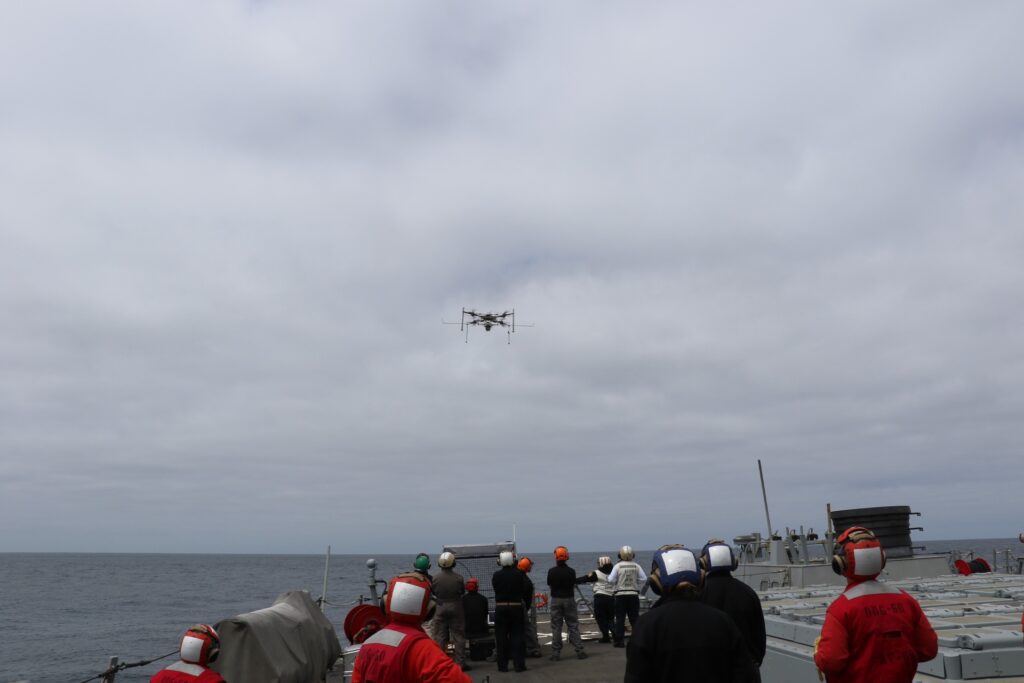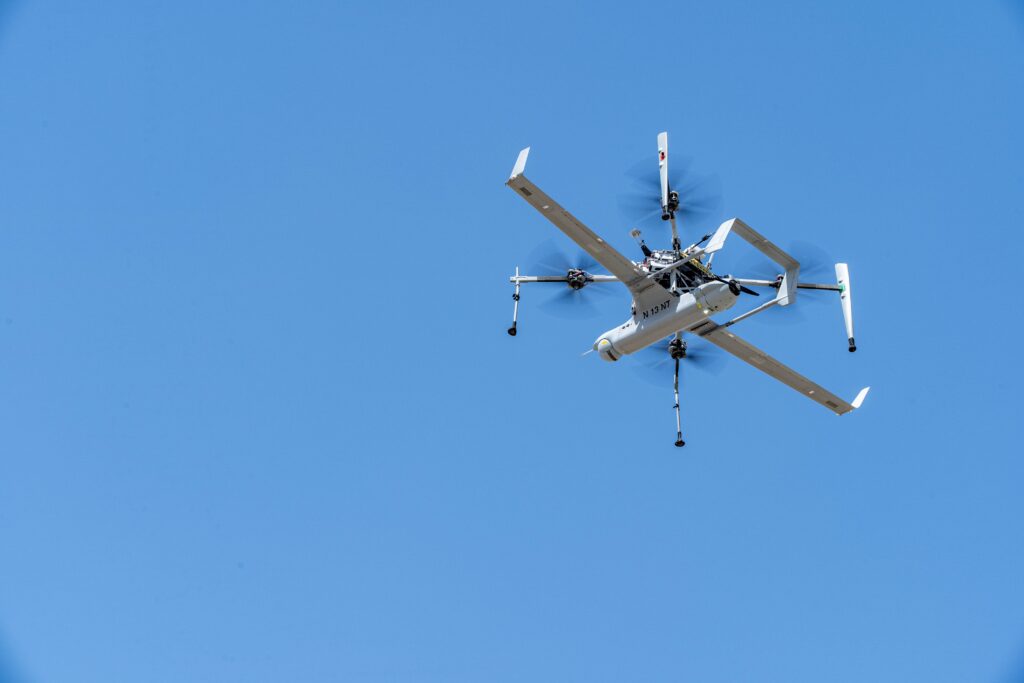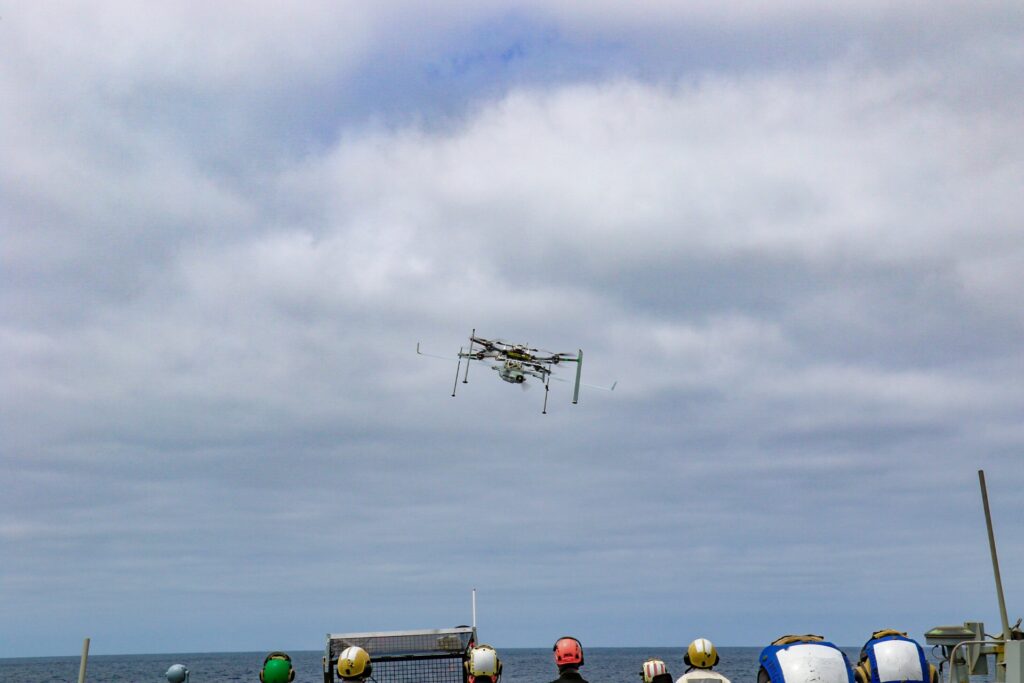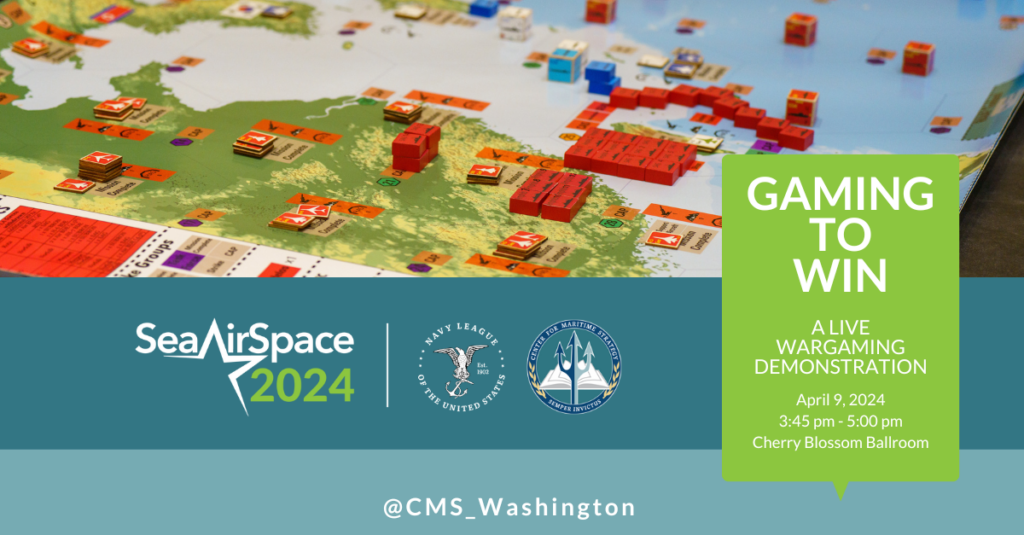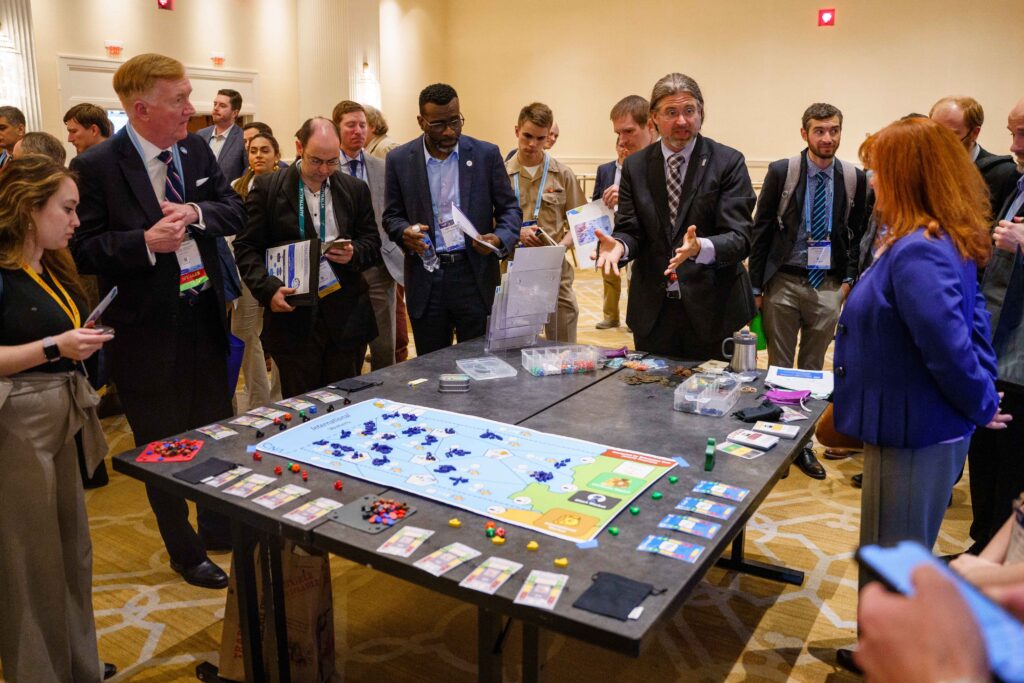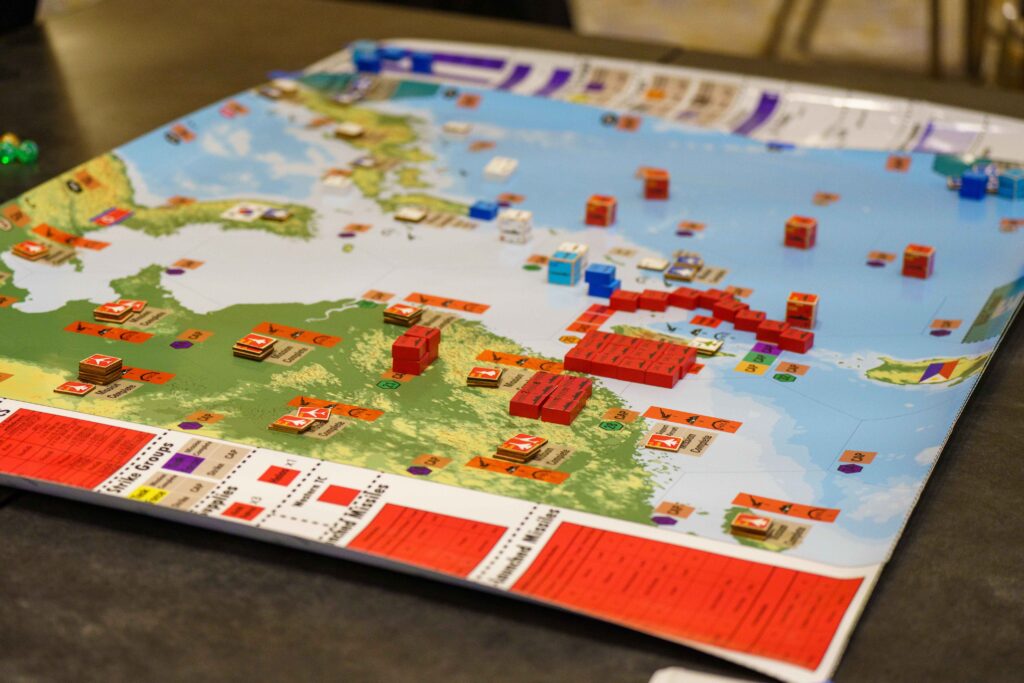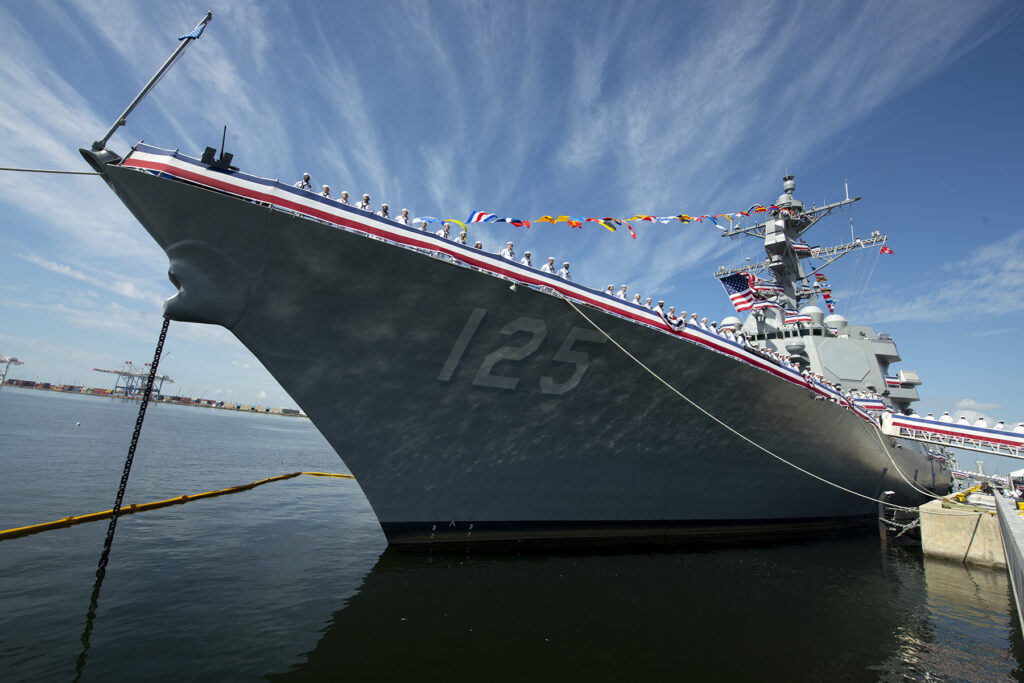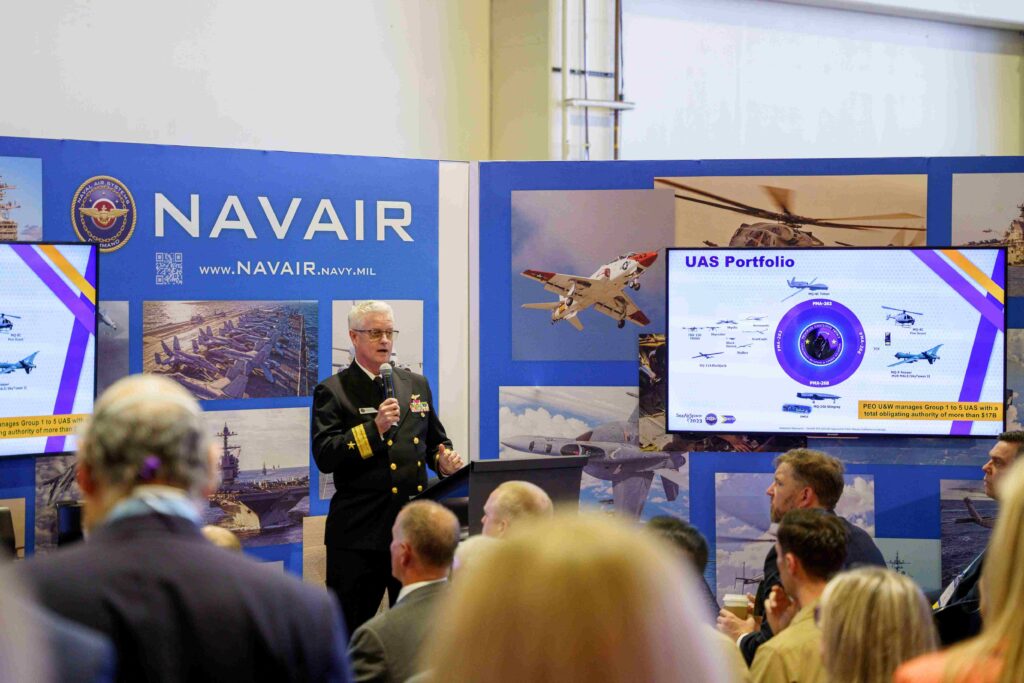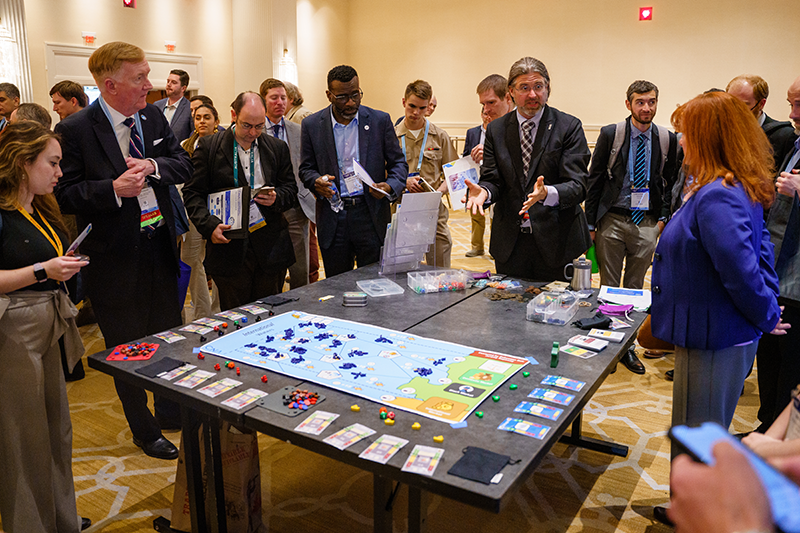L3Harris Moves Ahead with Disruptive Capabilities

L3Harris (Booth 1037) hopes to use its expertise in autonomy software, uncrewed surface vessels and uncrewed underwater systems to help the Navy counter the looming threat of China and get more systems into service.
The company has a lot of interest in what Jon Rambeau, president of L3Harris’ Integrated Mission Systems segment, called “disruptive capabilities,” which includes moving airborne ISR capabilities from military aircraft to business jets and focusing on passive sensing and targeting for autonomous surface and subsurface vehicles.
“In the maritime domain … [we do] a lot of work around autonomous surface and subsurface vessels, and also a focus on passive sensing and targeting for the surface to allow the manned fleet to operate without having to light up their radars so often,” Rambeau told Seapower in an interview. “We think that’s a capability that can be deployed very rapidly, it’s very mature and it’s also very low cost.”
The company also recently successfully deployed and recovered an uncrewed underwater vessel from a submarine’s torpedo tube, using one of its Iver4 vehicles.
“We were the first company to be able to demonstrate the capability to retrieve a UUV through a submarine torpedo tube while it was underway,” Rambeau said. “A pretty big accomplishment. Others had tried and failed and we were able to be successful on our first try, which was pretty impressive and not only that, but twice in one day, so pretty neat. That team just won our corporation’s top technology innovation award this year across the entire company.”
Replicator
The U.S. Department of Defense last year announced the Replicator program, a still largely undefined effort to launch thousands of attritable, autonomous aerial and surface systems to help counter China’s growing fleet.
“That’s something we’re very interested in being a part of,” Rambeau said. “I think some of those decisions are still being made about who and how we’ll participate, but we know there’s an initiative, obviously, to drive the large-scale deployment of unmanned systems, and we think the work we do is right in the heart of that. We’ve deployed hundreds of small, undersea vessels, we’ve deployed hundreds of small surface vessels over a number of years, some in the commercial side, some in the military side of our business, and that’s where a lot of our concentration has been, small and medium vessels for subsurface and surface operations, and a lot of work particularly around the autonomy capability.”
L3Harris has an in-house autonomy development team, a capability Rambeau said is very mature, and had two autonomous ships deployed under an urgent operational needs statement with Task Force 59 out of Bahrain, which has been demonstrating uncrewed surface vessel capabilities. The submarine-launched UUV effort also stemmed from an urgent needs requirement.
“One of the areas that we continue to focus on is that we know the customer pull is there for these, I would say disruptive capabilities, we have the technology well matured,” Rambeau said. “I think the question is, how do we quickly get from proof of concept to prototyping to production as fast as possible? Initiatives like Replicator are designed to try to move that along, and we’re hopeful that there will be opportunities for us to be part of that.”
Passive Sensing
Some of the passive sensing and targeting capabilities the company has developed for uncrewed systems can also be deployed on manned vessels, and L3Harris is planning to do some prototyping work with the Navy on that later this year.
“We’re still working through the details of how and where and when that will take place,” Rambeau said, “but we are looking to prove out the ability to sense and target an adversary without having to use a radar onboard a ship at all. That is our hope.”
Rambeau said he is seeing growing interest from the military in manned-unmanned teaming, a concept that has been around for years but which could gain new potency under a Replicator-type effort.
“I won’t speak for the Navy, but from my point of view I think that being able to link a small group of unmanned surface vessels with the manned fleet and allow those to be companions to get out ahead a little bit, do some reconnaissance, feed information back, there certainly are a lot of opportunities to employ the vessels in that way,” he said.
“… With the ability now to launch and recover an unmanned vessel from a submarine, that really gives an opportunity to extend the reach of the submarine fleet and also to provide greater survivability, because they may not have to go into harm’s way as deeply to gather data if they have an appendage that can be set free and then recovered back with some information. Minehunting, that sort of thing.”
